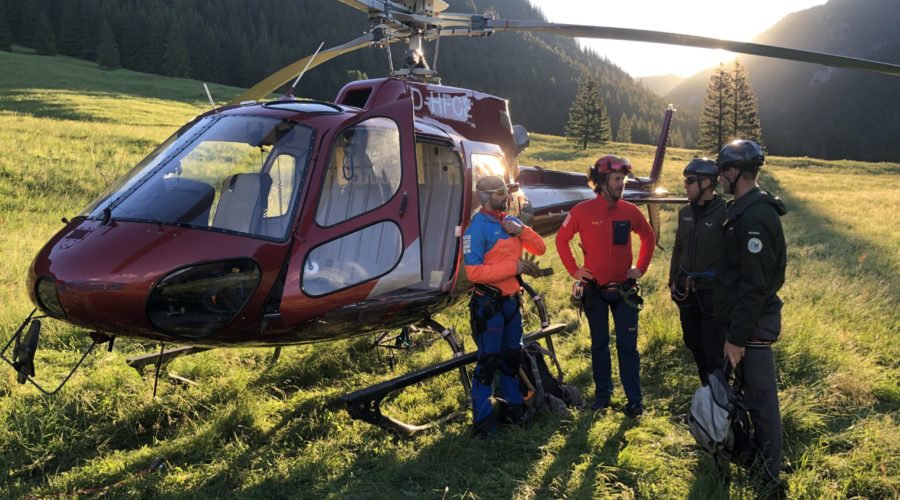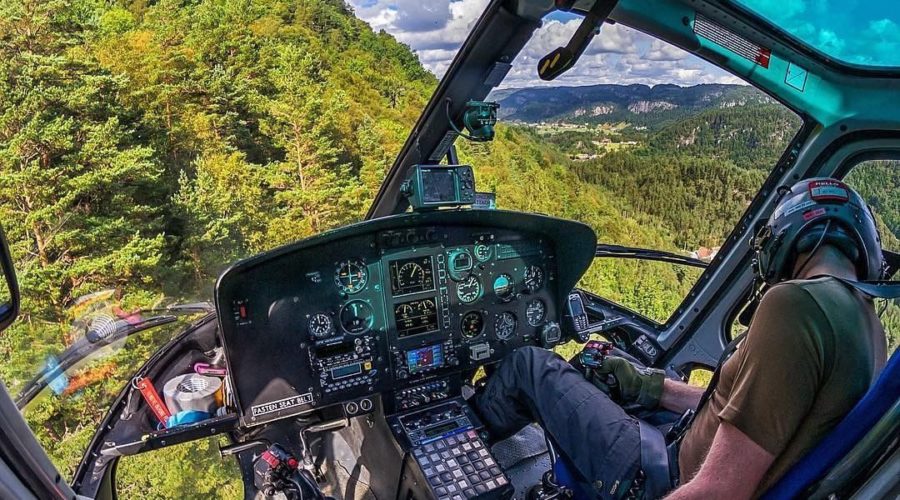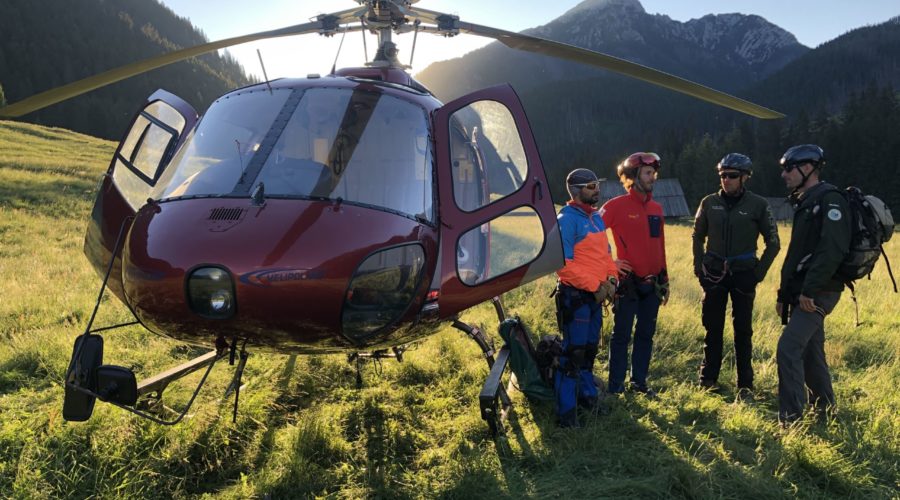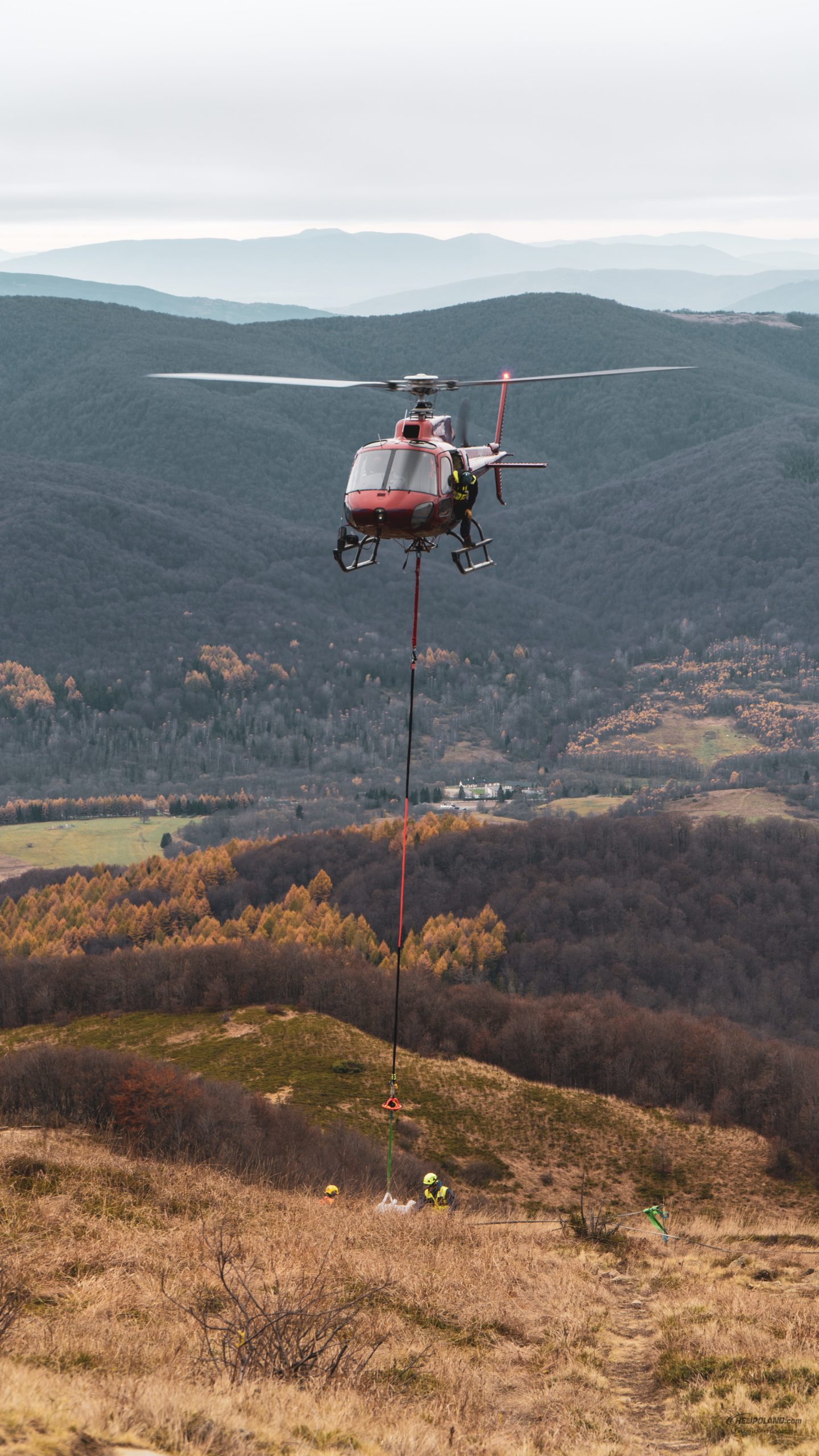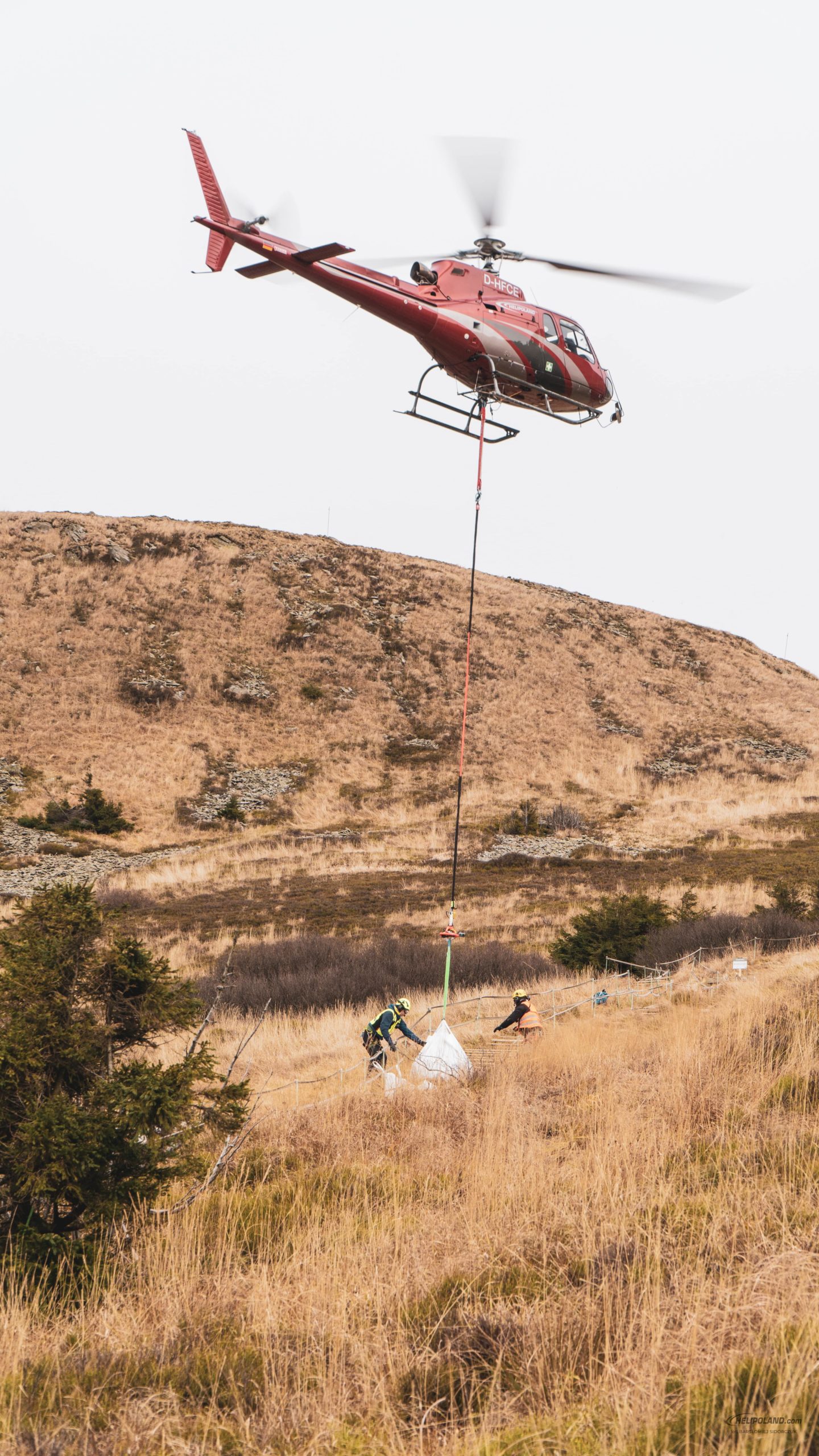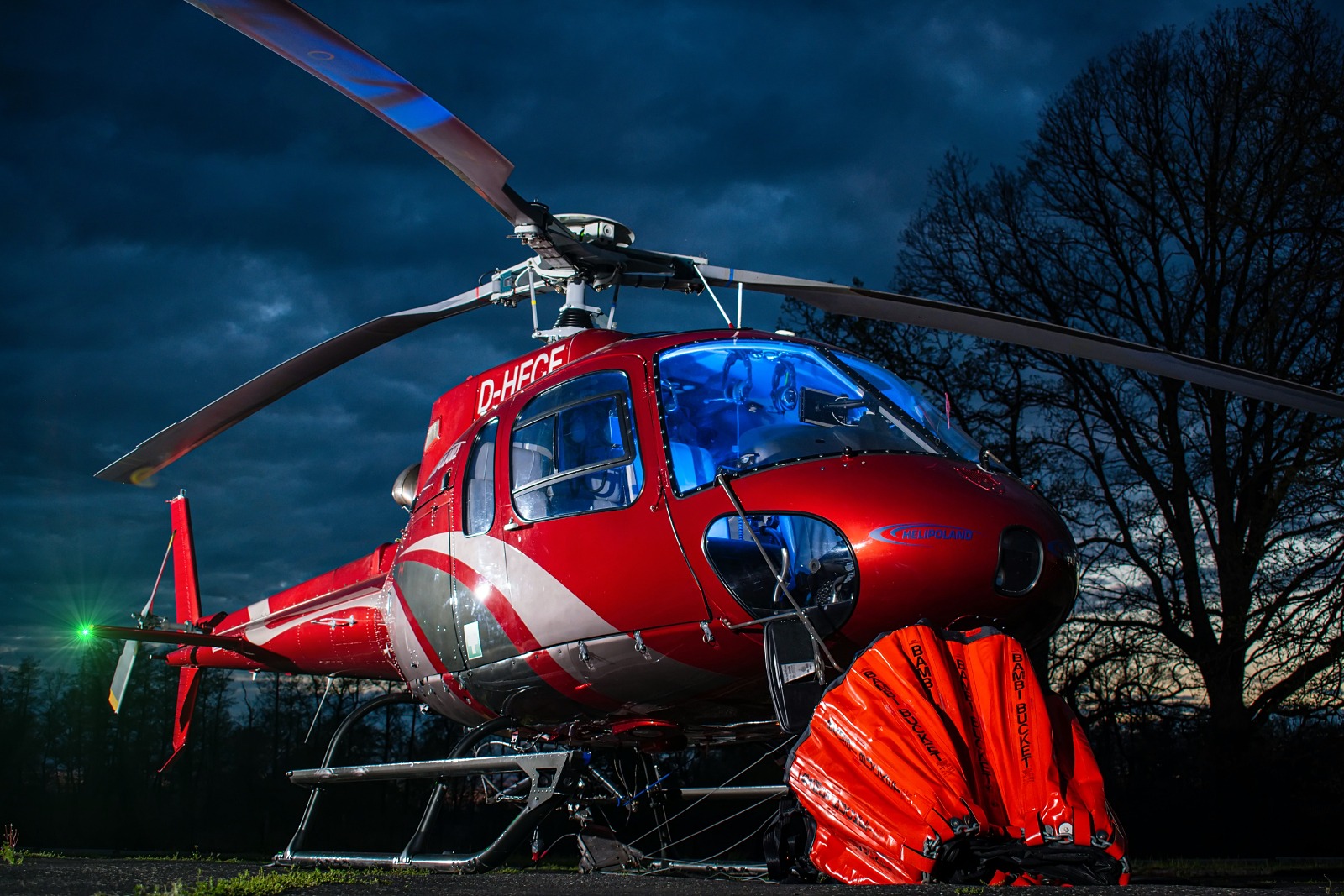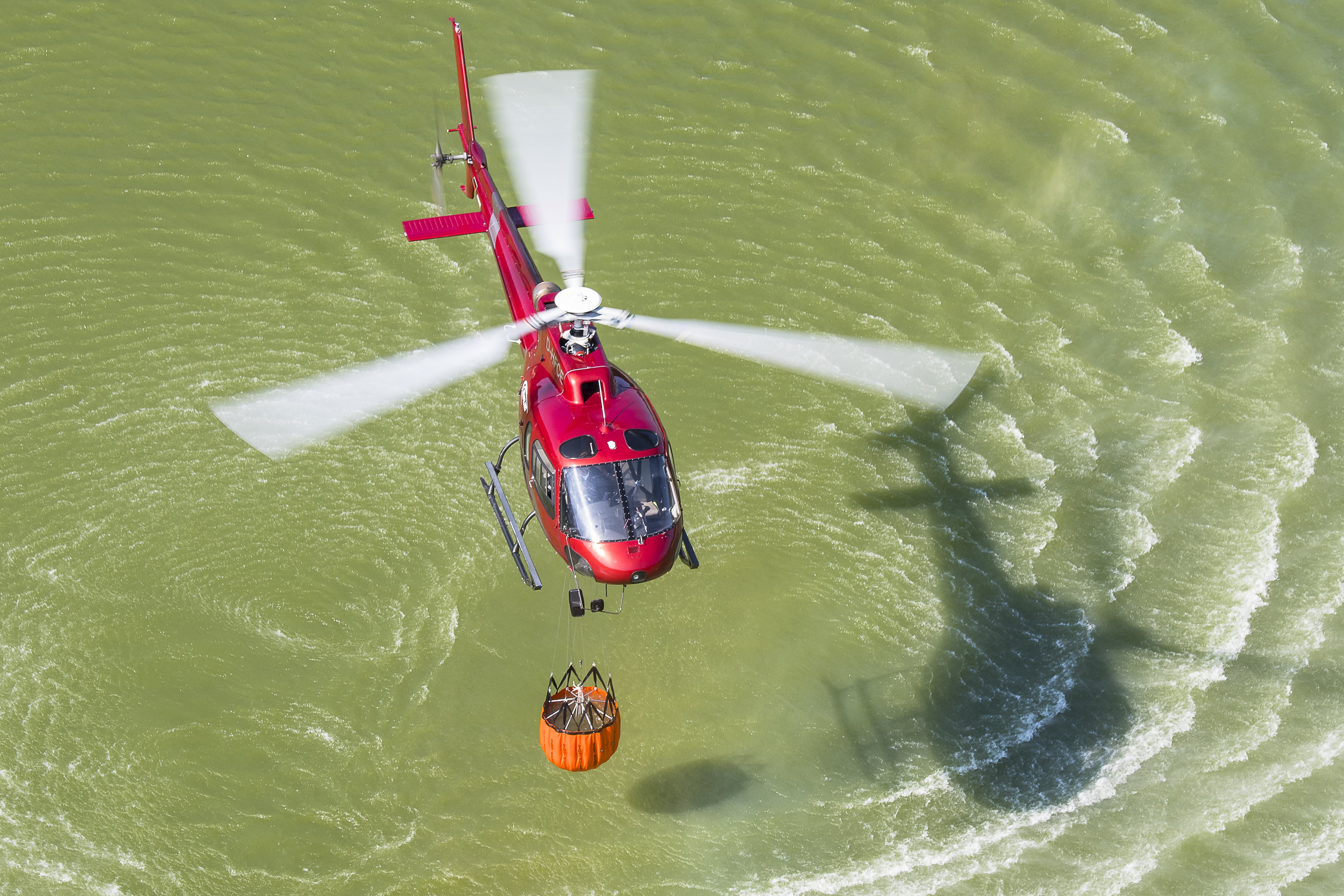Commission Regulation (EU) No 965/2012 of 5 October 2012 and its subsequent amendments (EASA Air Operations Regulation) lay down technical requirements and administrative procedures related to air operations pursuant to Regulation (EU) No 2018/1139 of the European Parliament and of the Council. This Regulation is referred to as IR-OPS (Implementing Rules – Operations) and consists of VIII annexes:
- Annex I contains definitions for terms used in annexes II-VIII
- Annex II Part-ARO – authority requirements for air operations
- Annex III Part-ORO – organisation requirements for air operations
- Annex IV Part-CAT – commercial air transport operations
- Annex V Part-SPA – specific approvals (for example PBN, RVSM, dangerous goods, NVIS, HHO, HEMS)
- Annex VI Part-NCC – non-commercial air operations with complex motor-powered aircraft
- Annex VII Part-NCO – non-commercial air operations with other-than-complex motor-powered aircraft
Annex VIII Part-SPO – Specialised Operations establishes operational requirements for air operators conducting specialised operations (excluding specialised non-commercial operations with other-than-complex motor-powered aircraft). It applies to any aircraft operation, other than commercial air transport, where the aircraft is used for specialised activities such as agriculture, construction, photography, surveying, observation, patrol and aerial advertisement, parachute jumping.
- the aircraft is flown close to the surface to fulfil the mission;
- abnormal flight manoeuvres are performed;
- special equipment is necessary to fulfil the mission and which affects the manoeuvrability of the aircraft (for example long line for external load);
- substances are released from the aircraft during the flight where these substances are either harmful or affect the manoeuvrability of the aircraft;
- external loads or goods are lifted or towed; or
- persons enter or leave the aircraft during flight.
The term ‘commercial’ refers to aircraft operations involving the transport of passengers, cargo or mail for remuneration or hire.

What will you gain thanks to aerial works?
With the help of a helicopter, you can collect data on the properties of housing estate or industry, about wild animals and valuable nature, you can perform agrotechnical operations, estimate environmental damage, inspect power or gas lines and many more. We adapt to the individual requirements of network operators or companies in need of a helicopter in the role of an air platform for their equipment, which we will help in to configure and we will mount the equipment for the helicopter.
The speed and response performance of helicopter data collection is amazing. Thanks to Helipoland you can quickly and effectively carry out an area or infrastructure inspection, no matter how extensive your measurements are. They can be both planned, preventive, alarm and any type of missions, including rescue missions.
Which helicopters do aerial works?
These can be both the most economical Robinson R44 piston engine helicopters, as well as single-turbine helicopters, like R 66 or heavier Eurocopter AS 350 (Airbus H 125) and twin-engine helicopters, like Eurocopter AS 355, Mi 8 capable of carrying large amounts of equipment and cargo together with more than one operator on board. Each helicopter has individual features that predispose to a specific type of task, the most versatile is AS350 (H 125).
What air services do we offer in accordance with our operations authorization?
- patrolling and diagnostics of power lines includes visual and thermal imaging, registration and laser scanning of lines routes, testing the “crown” phenomenon, supporting the construction of new power lines, flights with inspectors on board (scheduled, preventive, emergency)
- patrolling gas pipelines and facilities forming gas transmission infrastructure includes flights with equipment and / or observers
- agrotechnical flights include spraying and dusting of crops (so-called agricultural operations) or heaps (neutralization of bulk materials)
- aerial crane services with suspended loads include flights with ropes up to 20 meters long (HESLO 1) or above 20 meters (HESLO 2) loaded with loads of a weight appropriate for a given type of helicopter and capacity suitable for the surrounding conditions (field obstacles, task specialists on the ground)
- Geophysical surveys using helicopters are one of the most pilot-demanding flights, usually devices for airborne geophysics are suspended by helicopter on long lines
- flights for photographing and filming from the air include photography and films for the purpose of documentation of industrial, natural or monumental objects as well as live filming for television broadcasting or general taking of photos and films
- fire-fighting services include both the detection of inflammation sites as well as fire fighting using the so-called bambi bucket
- rescue services or rescue support includes visual or thermal imaging of missing persons (e.g. for GOPR)


